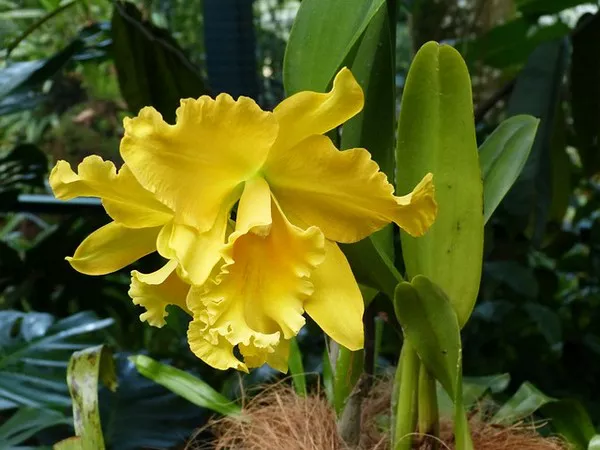Bees, often hailed as nature’s most industrious and invaluable workers, play a pivotal role in our ecosystem by pollinating plants and ensuring the production of fruits, vegetables, and nuts. However, have you ever wondered what bees collect from flowers apart from nectar? Bees are meticulous foragers, collecting various resources that sustain their colonies and contribute to the intricate web of life on our planet. In this article, we will delve into the fascinating world of bee foraging and explore the diverse substances they collect from flowers.
Nectar: The Sweet Elixir
Nectar is perhaps the most well-known substance that bees collect from flowers. Nectar is a sugary liquid produced by the specialized glands within flowers known as nectaries. Bees are attracted to the sweet scent and vibrant colors of flowers, and they use their long proboscises to access the nectar deep within the flower. Nectar serves as the primary source of energy for bees, providing the carbohydrates necessary for their daily activities.
Upon collecting nectar, bees store it in their honey stomachs, which are separate from their digestive stomachs. This allows them to transport the nectar back to the hive. Interestingly, bees also have enzymes in their honey stomachs that begin the process of converting the nectar into honey through partial digestion and evaporation.
Pollen: A Protein-Rich Treasure
Besides nectar, bees also collect pollen from flowers. Pollen is the male reproductive material of flowers and is rich in proteins, vitamins, minerals, and essential amino acids. Bees gather pollen to feed their developing larvae and ensure the overall health and longevity of the colony.
As bees visit flowers in search of nectar, they inadvertently brush against the flower’s anthers, collecting pollen on their bodies. This pollen is then transferred to other flowers as the bee continues to forage, facilitating the crucial process of cross-pollination. Some bees, like honeybees, have specialized structures on their hind legs called pollen baskets or corbiculae, where they store the collected pollen for transport back to the hive.
Propolis: Nature’s Antibiotic
Propolis, often referred to as “bee glue,” is a resinous substance collected by bees from various plant sources. It serves multiple functions within the hive, including sealing cracks and crevices, reinforcing hive structure, and protecting against diseases. Bees mix propolis with wax and enzymes to create a sticky, antimicrobial substance that helps maintain the hive’s hygiene and health.
Propolis also has medicinal properties. Research has shown that it contains compounds with antibacterial, antifungal, and antiviral properties, making it an essential tool in a bee colony’s fight against pathogens. In human medicine, propolis is sometimes used for its potential health benefits, particularly in traditional and alternative medicine practices.
Water: Essential for Hive Cooling
While not collected directly from flowers, water plays a crucial role in a bee’s foraging routine. Bees require water to cool their hives and regulate the temperature inside. During hot weather, foraging bees collect water to bring back to the hive. They distribute it among their fellow bees, who then use their wings to fan the water and lower the hive’s temperature through evaporative cooling.
Water collection is vital to maintaining optimal conditions within the hive, especially during scorching summer months. Bees may also mix water with honey to create a diluted honey solution that provides sustenance for the colony.
Floral Oils: Perfumed Treasures
Some bee species, such as orchid bees and oil-collecting bees, collect floral oils from specific plants. These oils are produced by certain flowers as a means of attracting pollinators. The oils often contain fragrant compounds, making them highly attractive to bees.
Orchid bees, for instance, have specialized structures on their legs called “pollen baskets” that they use to scrape and collect floral oils from orchid flowers. These oils are not used for nutrition but rather for perfuming their bodies. Male orchid bees use floral oils to attract mates, as the scent is a key factor in their courtship rituals.
Resins: Building and Defense
In addition to propolis, bees also collect plant resins. Resins are sticky, aromatic substances that some plants produce as a defense mechanism against herbivores and pathogens. Bees gather these resins, mix them with wax and saliva, and use the resulting mixture to construct and maintain their hives.
One well-known example of resin collection is observed in honeybees that gather resin from trees like poplar and birch. This resin, commonly referred to as “bee glue,” is used in hive construction and repair. It helps to seal small gaps in the hive, providing protection against invaders and maintaining a stable environment for the colony.
Conclusion
Bees are nature’s tireless foragers, collecting a variety of resources from flowers that serve different purposes within their colonies. While nectar and pollen are the most well-known substances bees collect, they also gather propolis, water, floral oils, and resins, each with its unique contribution to the hive’s survival and well-being.
Understanding the diverse range of resources that bees collect from flowers not only highlights the intricacies of their foraging behavior but also underscores their indispensable role in the pollination of plants and the maintenance of ecosystems. The next time you see a bee hovering over a flower, you can appreciate the multifaceted nature of their work and their critical contribution to the natural world.


